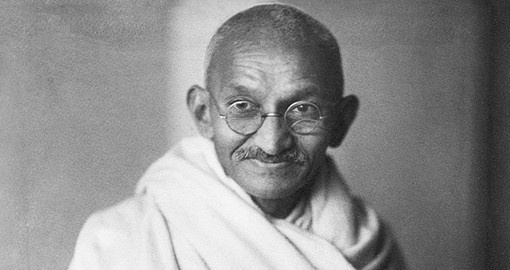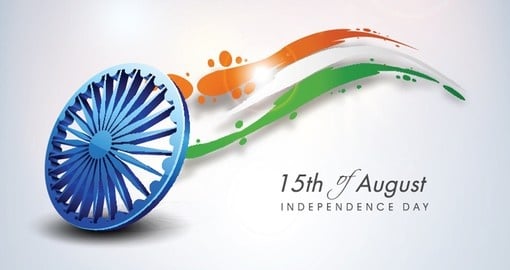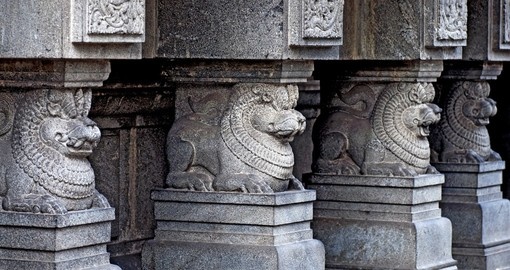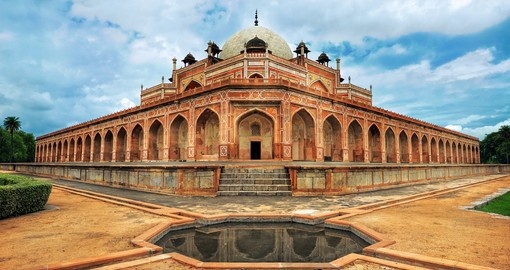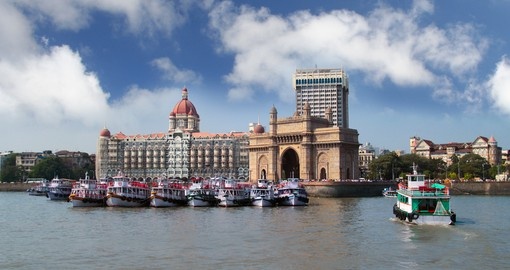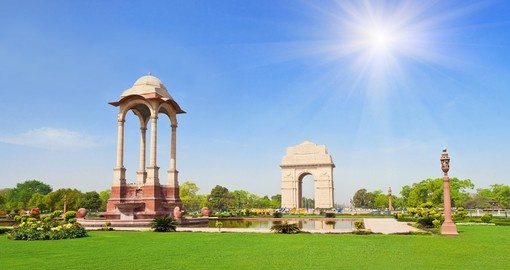Indian History
The Dravidians are thought to be the first group of people to inhabit the Indus River Valley as early as 2,500 BC. These people had a culture based mainly on agriculture which they were able to trade successfully. However, this culture began to deteriorate, and while historians are not entirely sure why, many suggest ecological changes which made it harder to farm as the reason. Following the Dravidians came the Aryans from Central Asia around 1500 BC.
Medieval India was characterized by frequent invasions and the establishment of many kingdoms, however, no ruler was able to create an empire and their control was contained to core regions. The Gupta Empire, formed in the fourth century, collapsed by the sixth century. The Huns came from Central Asia but their rule only lasted for around thirty years. By the eighth century, India was split into several kingdoms that were frequently at war with each other.
The Mughal Empire was an important time in India’s history. It was founded by Babur, a descendant of Genghis Kahn when he first invaded in 1525. The empire reached its peak during the seventeenth century when it oversaw the building of the Taj Mahal. It took 20,000 craftsmen and labourers 22 years (1631-1653) to build the great Taj Mahal, which is still to this day one of India’s most iconic images. The seventeenth century also saw a wave of European arrivals. The English East India Company was established in 1600 followed by a trading base in 1639. A Persian attack on the Mughal Empire in 1739 left it incredibly weak, allowing the British to assert their influence.
By 1765, the Company ruled Bengal directly and had managed to stifle both Dutch and French presence in India. They also began to subdue other states, forcing India to accept British “protection”. By the nineteenth century, the British began to severely impose their culture on India and in 1835, English was made the official language of government and education. A blow was delivered to the Company with the Indian Mutiny in 1857 which saw a massacre of many British people while the uprising spread quickly. The British were able to regain control, however, the East India Company was forced to transfer power to the British government in 1858.
After the rebellion, the British became more respectful toward Indian culture while a desire for independence began to grow. The twentieth century saw the emergence of one of the most influential figures in history, Mahatma Gandhi. Greatly in favour of Indian independence, Gandhi initiated a campaign of non-cooperation with the British in 1920. With his skill as a lawyer and politician, as well as his charisma, Gandi had many followers. In 1942 he introduced the “Quit India” campaign with the desire for independence to be gained through passive resistance. India was finally granted independence on 15 August 1947.
With this independence came the division of British territory between India and Pakistan. Tensions were rising between the Muslim and Hindu populations in India as both feared there would not be equal representation in the newly formed government. Violence broke out culminating in the assassination of Gandhi by a Hindu extremist on 30 January 1948. The nation mourned the death of their hero with over two million joining the five-mile funeral procession.
India Travel Information
At Goway we believe that a well-informed traveller is a safer traveller. With this in mind, we have compiled an easy-to-navigate travel information section dedicated to India.
Learn about the history and culture of India, the must-try food and drink, and what to pack in your suitcase. Read about India's nature and wildlife, weather and geography, and 'Country Quickfacts' compiled by our travel experts. Our globetrotting tips, as well as our visa and health information, will help ensure you're properly prepared for a safe and enjoyable trip. The only way you could possibly learn more is by embarking on your journey and discovering India for yourself. Start exploring… book one of our India tours today!
Extend Your Trip
After your India tour, consider taking the time to visit other destinations. Goway offers exciting China vacation packages and Thailand vacation packages plus a comprehensive selection of vacation packages in many other Asian countries.
Book your India tour with Goway!
 ASIA by Goway is an exclusive division that specializes in planning and organizing India tours, vacations and experiences. Choose from a simple city stopover, enjoy a small group tour, a stay of distinction, a holiday of a lifetime and much more. We want to be your first choice when next you go globetrotting to incredible India.
ASIA by Goway is an exclusive division that specializes in planning and organizing India tours, vacations and experiences. Choose from a simple city stopover, enjoy a small group tour, a stay of distinction, a holiday of a lifetime and much more. We want to be your first choice when next you go globetrotting to incredible India.
Get a Trip Quote Order a Brochure






